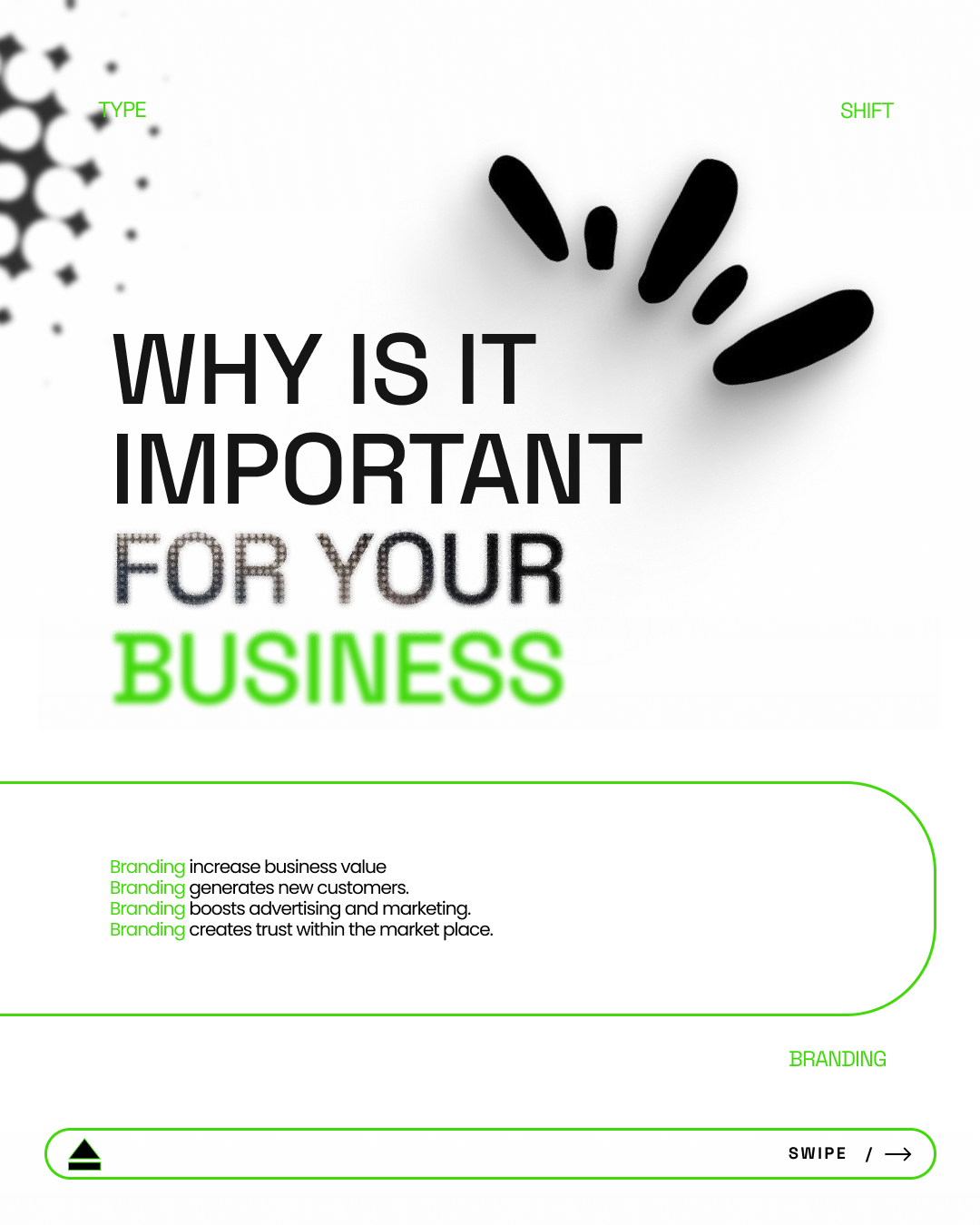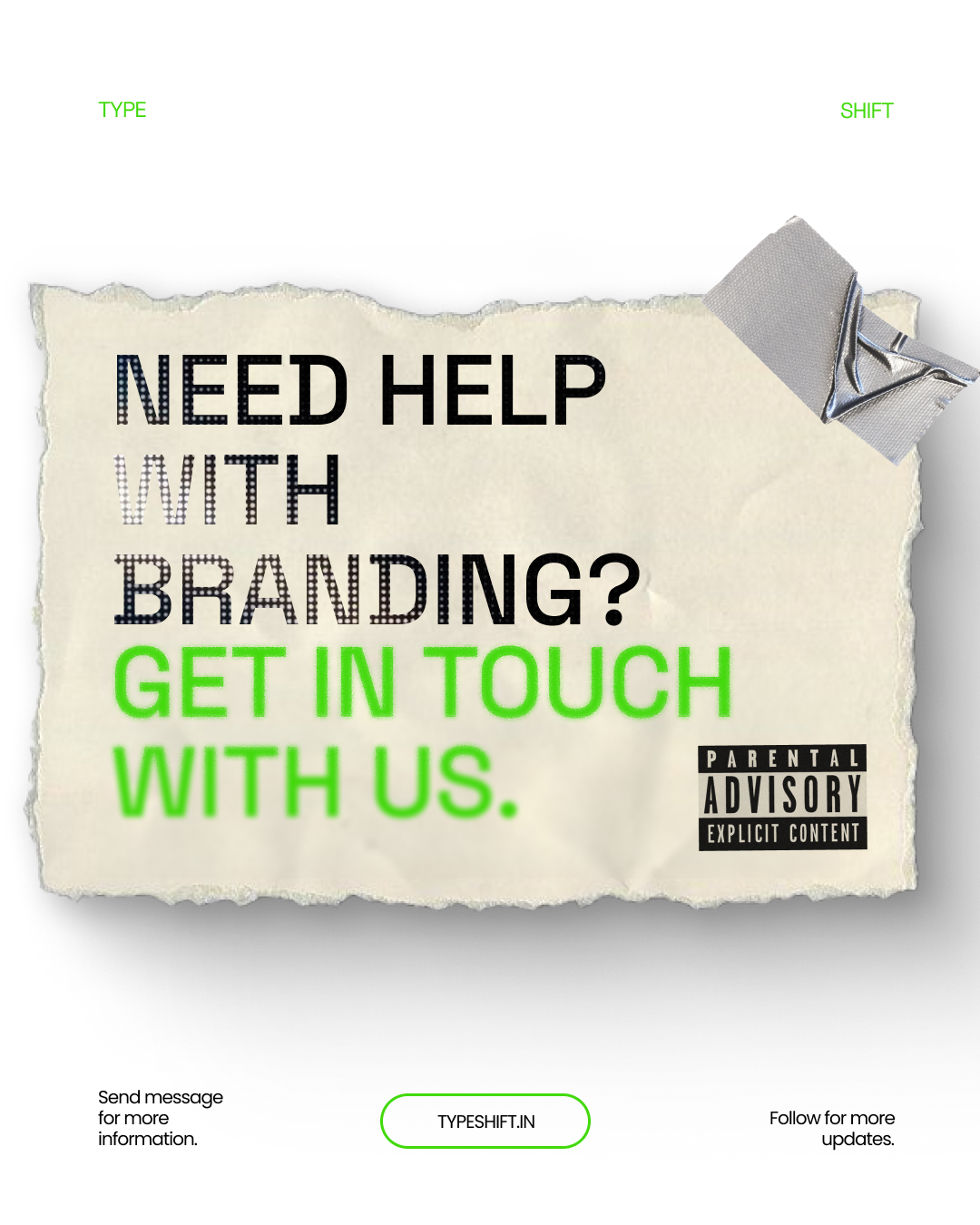Bottom Line Up Front: Branding isn't your logo, colors, or tagline. It's the strategic process of shaping how customers perceive, remember, and choose your business over competitors. Strong branding drives 23% higher revenue and 18% faster growth—when done right.
Ask ten business owners "What is branding?" and you'll get ten wrong answers. "It's my logo." "It's my company colors." "It's my website design." "It's my marketing materials."
All wrong.
These answers confuse branding tools with branding strategy. It's like saying "cooking is a knife" when cooking is actually the entire process of creating meals that people want to eat.
Let's clear up the confusion and focus on what branding actually means for your business.
What Is Branding? The Strategic Definition
Branding is the deliberate process of influencing how your target audience perceives, remembers, and chooses your business.
It's not what you say about yourself. It's what customers think and feel when they encounter your business. Branding is the gap between what you deliver and what customers remember about that experience.
Consider this: Apple doesn't brand itself as a "technology company that makes computers and phones." Their branding positions them as the choice for creative professionals and innovative thinkers who value design and simplicity. Every touchpoint—from product design to retail stores to advertising—reinforces this positioning.
That's strategic branding. Everything else is just decoration.

The Three Layers of Effective Brand Strategy
Layer 1: Strategic Foundation
This is your competitive positioning and value proposition. Why should customers choose you over alternatives? What problems do you solve better than anyone else? How do you want to be perceived in the market?
Your strategic foundation answers:
- Who you serve (target audience)
- What you deliver (value proposition)
- How you're different (competitive advantage)
- Why it matters (customer benefit)
Layer 2: Brand Expression
This includes your visual identity, messaging, voice, and personality. These elements make your strategic foundation tangible and memorable. But they only work when they align with and reinforce your positioning.
Brand expression encompasses:
- Visual systems (logos, colors, typography)
- Communication style (voice, tone, messaging)
- Content strategy (what you say and how you say it)
- Customer experience (how people feel when interacting with you)
Layer 3: Brand Implementation
This is where strategy becomes reality. Every customer touchpoint—website, proposals, social media, customer service, even your office environment—should consistently reinforce your brand positioning.
Implementation includes:
- All customer-facing materials and communications
- Employee training and behavior standards
- Operational processes that deliver on brand promises
- Measurement systems to track brand effectiveness

What Branding Actually Does for Your Business
1. Creates Mental Availability
Strong branding ensures customers think of you first when they have relevant needs. When someone needs marketing help, do they immediately think of your agency? That's mental availability—and it's worth millions in business.
2. Reduces Decision Friction
Clear branding helps prospects understand quickly whether you're right for them. Instead of explaining what you do, you attract people who already understand why they need you. This accelerates sales cycles and improves close rates.
3. Enables Premium Pricing
Commodities compete on price. Brands compete on value. When customers understand your unique benefits, price becomes less important to their decision. Strong brands command 15-25% price premiums over generic competitors.
4. Drives Customer Loyalty
People don't just buy products—they buy relationships and identities. Strong branding creates emotional connections that turn customers into advocates who refer others and resist competitive offers.
5. Attracts Better Talent
Top performers want to work for companies with clear mission and strong reputation. Good branding helps you recruit better team members who align with your vision and values.
Common Branding Mistakes That Hurt Business Growth
Mistake 1: "Branding is just marketing" Marketing promotes your business. Branding shapes how people perceive it. Marketing tactics change constantly. Brand strategy should remain consistent over years.
Mistake 2: "Small businesses don't need branding" Small businesses need branding more than large companies because they have fewer resources for competitive battles. Clear positioning helps small businesses compete against bigger players.
Mistake 3: "Branding is expensive and time-consuming" Poor branding is expensive. Strategic branding pays for itself through improved customer acquisition, higher pricing, and increased loyalty. The cost of weak branding—lost sales, price pressure, high churn—far exceeds investment in getting it right.
Mistake 4: "Branding is subjective and unmeasurable" Effective branding drives measurable business outcomes: brand awareness, customer acquisition cost, conversion rates, customer lifetime value, pricing power. What gets measured gets optimized.
The ROI of Strategic Branding
Companies with strong brand identity see:
- 23% higher revenue compared to those with weak branding
- 18% faster growth in competitive markets
- 40% lower customer acquisition costs through clearer positioning
- 25% higher profit margins through pricing power
- 50% higher employee retention through mission alignment
These aren't soft benefits. They're hard business outcomes that show up on financial statements.
Building Your Brand Strategy: Where to Start
Step 1: Define Your Strategic Position
Before creating any visual elements, clarify your competitive strategy. Who do you serve? What makes you different? Why should customers care?
Step 2: Develop Your Value Proposition
Translate your strategic position into customer-focused benefits. What outcomes do you deliver? What problems do you solve? How do you make customers' lives better?
Step 3: Create Consistent Expression
Develop visual identity, messaging, and content that reinforces your positioning across all touchpoints. Every interaction should strengthen customer perception of your brand.
Step 4: Implement Systematically
Train your team, update your materials, and ensure every customer touchpoint delivers on your brand promise. Consistency builds recognition and trust.
Step 5: Measure and Optimize
Track brand performance through awareness metrics, customer feedback, and business outcomes. Adjust based on real market response, not internal assumptions.
Branding vs Marketing: Understanding the Difference
Branding isn't about looking pretty or feeling good about your business. It's about systematic competitive advantage that translates into customer preference and business growth.
Your logo is just a symbol. Your brand is your reputation, positioning, and customer relationships combined into sustainable business advantage.
The companies dominating their markets—from local service providers to global corporations—all understand this distinction. They invest in strategic branding because they know it drives measurable business results.
Why Branding Matters More Than Ever in 2025
In today's crowded marketplace, strong brand positioning has become essential for business survival. With increased competition and shorter customer attention spans, businesses need clear brand strategy to:
- Stand out in saturated markets
- Build trust with skeptical customers
- Command premium pricing
- Attract quality talent
- Scale efficiently
Ready to build a brand that actually drives business growth? Stop confusing tactics with strategy. Contact TypeShift for branding that builds competitive advantage, not just visual appeal.
